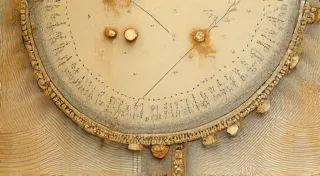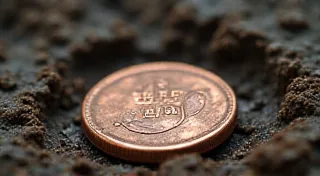Ephemeral Impressions: The Art of Cyanotypes and the Poetry of Blue
There’s a certain melancholy beauty to cyanotypes, a blue-tinged echo of a bygone era where photography wasn’t about instant gratification but about deliberate process, a respectful dance with chemistry and light. It’s a photographic technique so intrinsically linked to the 19th century that holding a cyanotype feels like touching a fragment of history – a silent testament to the Victorian fascination with science and artistry.
The process itself is deceivingly simple, at least in description. Iron salts are applied to paper, exposed to ultraviolet light (typically sunlight), and then washed. The exposed areas turn a Prussian blue, creating a unique, dreamlike image. But the beauty is not merely about the result; it’s about the mindful steps taken, the anticipation of the unveiling, and the acceptance that each print is inherently unique, bearing the marks of its creation.
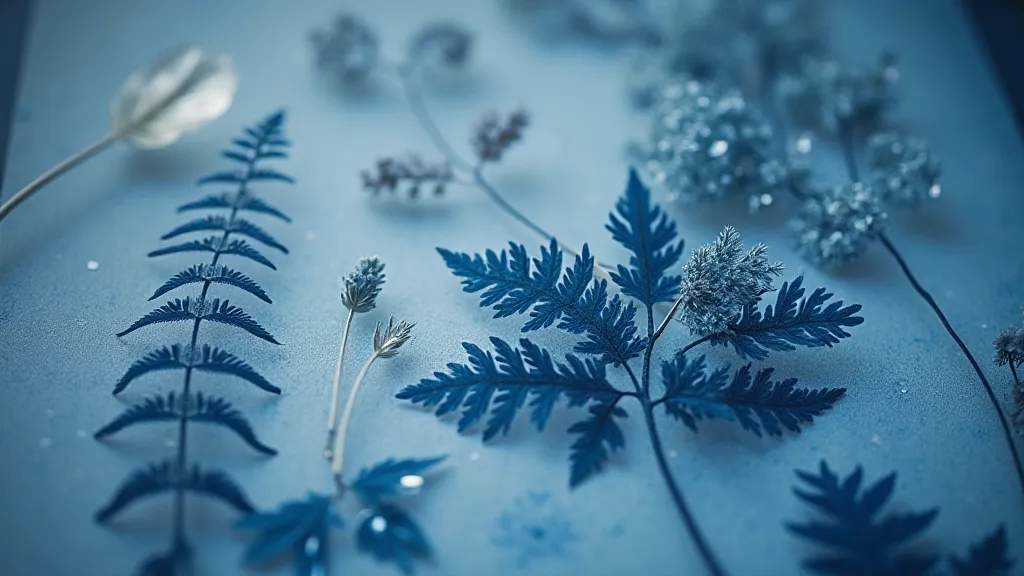
Anna Atkins and the Dawn of Photographic Reproduction
While the principle of light-sensitive materials had been explored earlier, the true genesis of cyanotype photography as we understand it is firmly rooted in the work of Anna Atkins. A British botanist and photographer, Atkins is widely considered the first person to use photography for scientific documentation – and the first female photographer in the world. Her series, British Algae: Cyanotype Impressions, published in three parts between 1843 and 1854, remains a landmark achievement in photographic history.
Atkins wasn’t simply capturing images; she was revolutionizing the way botanical knowledge was disseminated. Prior to her cyanotype prints, botanical illustrations were painstakingly hand-drawn, a time-consuming and expensive process. Cyanotypes offered a significantly cheaper and more accessible method of reproduction, allowing scientists and enthusiasts alike to study the intricacies of algae with unprecedented clarity. The impact on scientific illustration cannot be overstated; it democratized access to knowledge and paved the way for future photographic applications in the sciences.
Imagine, if you will, the dedication required to meticulously arrange specimens, the patience to expose them to the sun, and the anticipation of revealing the final image. Atkins’ work wasn't just about science; it was a profound artistic statement, a testament to the inherent beauty found in the natural world.
The Cyanotype Process: A Deep Dive
The technical aspects of cyanotype photography are surprisingly straightforward, adding to its appeal to both hobbyists and seasoned photographers. The basic recipe involves two chemicals: ferric ammonium citrate and potassium ferricyanide. These are dissolved in water and applied to paper, typically watercolor paper or cotton rag paper, but experimentation with different paper types is encouraged, as the paper's texture significantly influences the final print.
Once the sensitized paper is dry, it's ready for exposure. Negatives can be used, but the true beauty of cyanotypes often lies in contact printing – placing objects directly onto the paper and allowing the sunlight to create a silhouette effect. This method allows for a tangible connection between the subject and the print, a sense of intimacy that’s often lost in more conventional photographic processes.
Exposure times vary greatly depending on the strength of the sunlight, the weather, and the paper's density. Typically, an hour or more of direct sunlight is required. The development process is equally simple: a thorough washing in cold water removes the unexposed chemicals, revealing the iconic blue image.
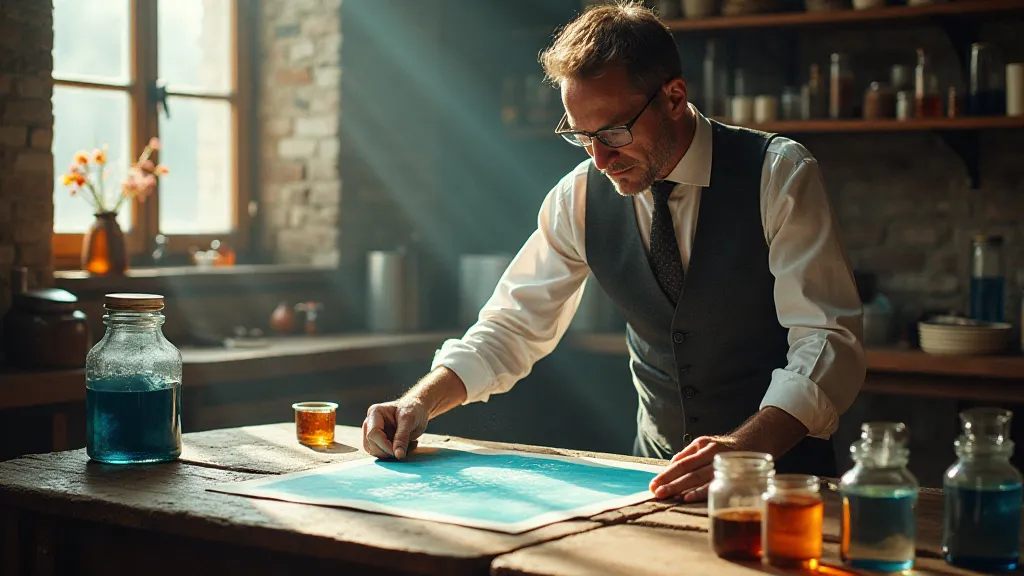
Why Collectors are Captivated
Cyanotypes hold a special allure for collectors, and for several key reasons. Firstly, their inherent uniqueness is a major draw. Due to the nature of the process, each print is subtly different – variations in exposure, paper texture, and chemical concentrations all contribute to the final outcome. There are no two identical cyanotypes, making each one a truly one-of-a-kind piece of art.
Secondly, their historical significance is undeniable. The association with Anna Atkins and the Victorian era imbues them with a romantic and intellectual appeal. Owning a cyanotype is like owning a tangible link to a pivotal moment in photographic history.
Finally, their aesthetic qualities are simply captivating. The rich Prussian blue tones, the subtle textures, and the often-dreamlike imagery all combine to create a visually stunning and emotionally resonant experience. The simplicity of the process belies the complexity of the beauty it creates.
Preservation and Collecting Tips
For collectors, preserving cyanotypes is paramount. The paper is inherently susceptible to damage from light and humidity. Storing prints in archival-quality folders and boxes, away from direct sunlight and in a cool, dry environment, is essential.
Framing cyanotypes can also be problematic. UV-filtering glass is a must to protect the image from fading. Acid-free matting and backing are also critical to prevent deterioration of the paper.
When examining cyanotypes for purchase, look for signs of damage, such as fading, foxing (small brown spots), or chemical stains. Research the provenance of the print – knowing its history and the artist's background can significantly increase its value.
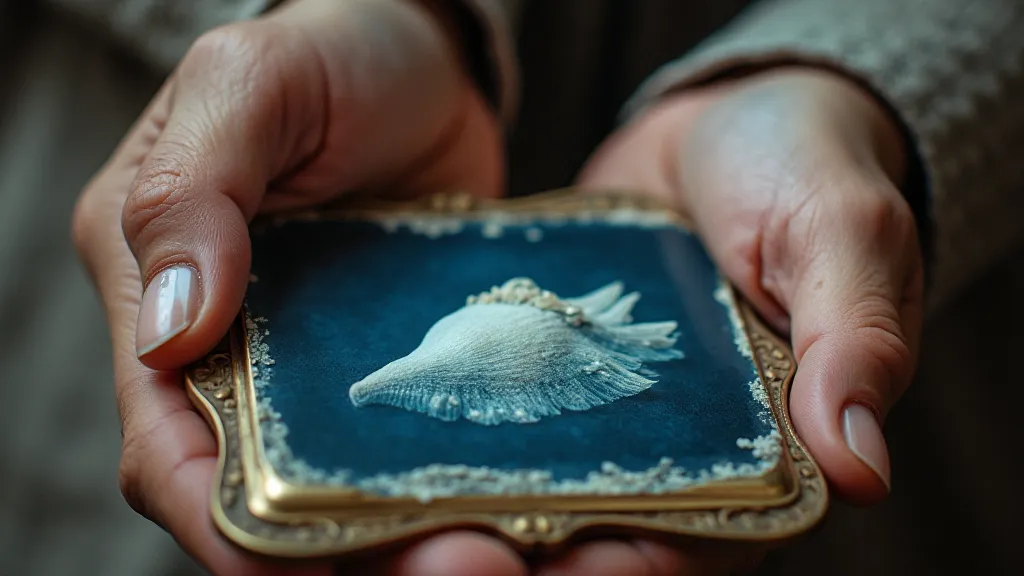
The Enduring Legacy of Blue Impressions
Cyanotype photography remains a vibrant and relevant art form. While technology has advanced dramatically, the enduring appeal of this simple process lies in its ability to connect us to the past, to celebrate the beauty of the natural world, and to remind us that sometimes, the most profound artistic statements are born from the most unassuming methods. It’s a poetic dance of light, chemistry, and time – a testament to the power of observation, patience, and the enduring allure of blue.
